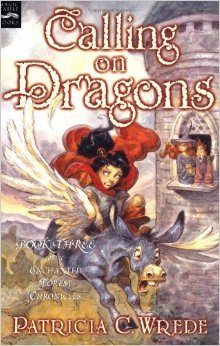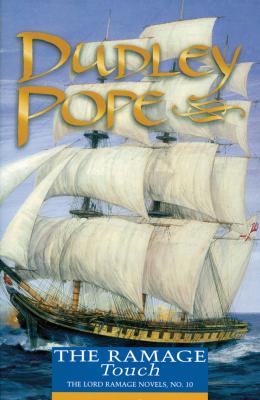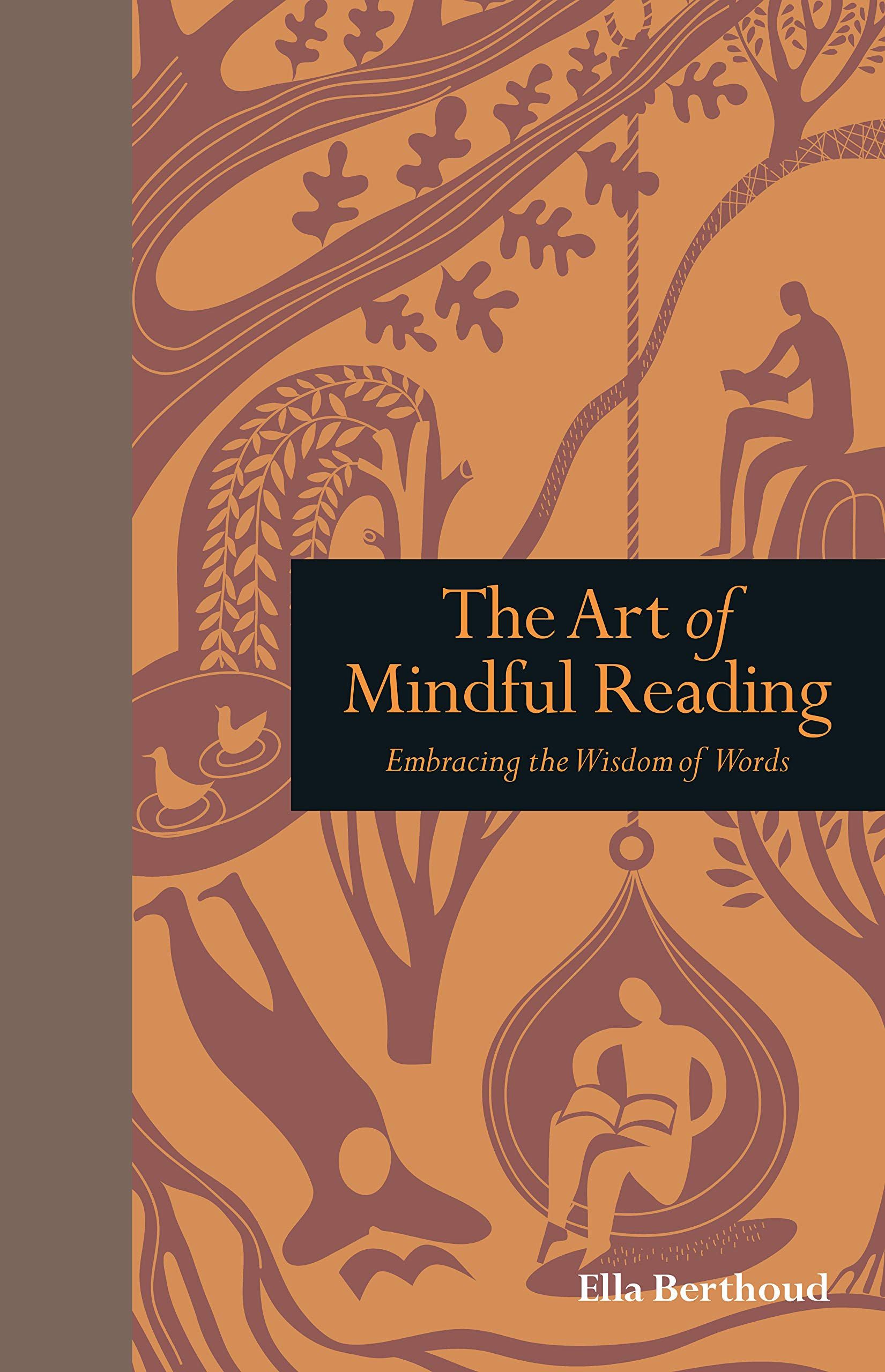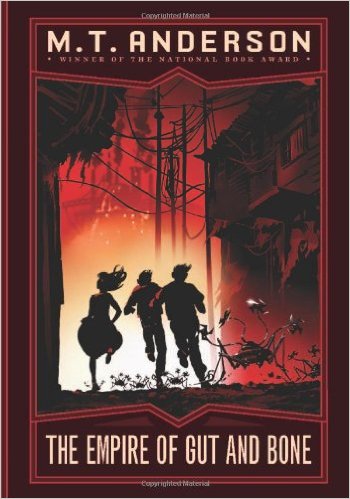[button color=”black” size=”big” link=”http://affiliates.abebooks.com/c/99844/77798/2029?u=http%3A%2F%2Fwww.abebooks.com%2Fservlet%2FSearchResults%3Fisbn%3D9781598189667″ target=”blank” ]Purchase here[/button]
This collection of delightful modern fairy tales dates from 1912, when Edith Nesbit was already well-established as the godmother of children’s literature. It contains twelve stories that combine classic fairy-tale elements with modern concepts in a deliciously witty way. And almost every one of the stories is as full of fun and magic for today’s children as it was nearly a century ago.
In “The Cat-hood of Maurice,” a little boy about to be punished for playing a cruel prank on the family cat, Lord Hugh, discovers that Lord Hugh can talk. And Lord Hugh decides to teach Maurice a lesson of his own, by trading places with him for a week. It turns out to be an experience neither of them would ever want to repeat, but it does teach Maurice some lessons about being kind to cats, and his sister too.
“The Mixed Mine” brings together two boys from opposite sides of the tracks-well-to-do Edward and desperately poor Gustus-when a magic spyglass washes ashore after a shipwreck. The things you look at through the telescope, actually grow larger-or, if you look through the wrong end of the telescope, they shrink. But the real adventure happens when Edward and Gustus set about making their families’ fortune by turning a handful of pocket change into a “mixed mine.”
“Accidental Magic, or Don’t Tell All You Know” tells what happens to young Quentin de Ward when he runs away from a Salisbury boys’ school and goes to sleep on the stone altar at Stonehenge. Quentin wakes up thousands of years in the past, on a ship bound from Atlantis to deliver an altar stone-and a sacrificial victim…
“The Princess and the Hedge-Pig” is the first of several stories in this collection that put a light-hearted modern spin on the classic “prince or princess cursed in the cradle by an evil fairy,” also known as “christening curse” for short. The Princess Ozyliza’s christening curse is that “She will be turned out of her kingdom. She will have to face her enemies without a single human being to stand by her. And she will never come into her own until she finds a thousand spears to follow her into battle-a thousand spears devoted to her and to her alone.” How this comes about is a delightful story, laced with laugh-out-loud details like the surreptitious plans for the christening party, the King and Queen’s retiring to Tooting, England, on a pension after being deposed, and the fact that the wicked new King advertises for a French maid in Usurpers Journal.
“Septimus Septimusson” is about, you guessed it, a seventh son of a seventh son who goes out to seek his fortune. Befriended by the wind and by various animals he aids along his way, young Sep finally finds his fortune in the form of a beautiful princess…but due to another christening curse, she is blind, deaf, and dumb. What can he do? You’ll love finding out.
In “The White Cat” a little boy has experiences that bring to mind the story by the same name in Andrew Lang’s Blue Fairy Book, only in a form suited to the problems of a 1912-era British family going through money troubles.
“Belinda and Bellamant, or the Bells of Carillon-land,” is another adorable story about a prince and a princess who are both under christening curses. His is to be handsome on weekdays but ugly on Sundays; hers is exactly the other way around. How will they find happiness together? Part of the answer has to do with a hysterical personal ad in Royal Match Catalogue Illustrated: “Prince Bellamant, aged twenty-four. Wants Princess who doesn’t object to a christening curse. Nature of curse only revealed to the strictest confidence. Good tempered. Comfortably off. Quiet habits. No relations.”
“Justnowland” is the story of Elsie, whose mother dies while her father is abroad, leaving her at the mercy of a cruel guardian. Elsie escapes into a magical land where all the rich people have been turned into giant crows, and the working people into pigeons-until a deliverer comes who can tame the dragon. This story seems to have a bit of a social agenda (don’t forget, Nesbit went in for controversial political views) but the ending, both in the real world and in Elsie’s magical one, has a real poignancy.
“The Related Muff” is a brief story in the style of the Bastables trilogy, in which a cousin who comes to stay at the holidays seems, at first, to be a “duffer” (fool) and a “muff” (weakling). But in the end, cousin Sidney turns out to be a hero.
“The Aunt and Amabel” is the one story in this collection that I simply don’t “get.” I mean, it’s obviously about a magical adventure that a naughty girl and her angry aunt go on together, that teaches them both to be sorry and to “understand” each other. And something about the wardrobe that becomes a train station with a train to “Whereyouwantogoto” shows that E. Nesbit may have been an inspiration for C.S. Lewis (see The Lion, the Witch and the Wardrobe). But otherwise, this is a rather weird story that I imagine might have been written, tongue in cheek, to break through the pouting of a real-life niece. Don’t quote me as an authority, though.
“Kenneth and the Carp” is another story like a chapter from one of Nesbit’s novels of magical adventure in modern times. Kenneth is left at home from a picnic with his uncle, aunt, and cousins after being unjustly accused of stealing a ring, and when he finds the ring in the moat around the house-and falls into the moat-he becomes a fish! Both the cause of Kenneth’s adventure and the conclusion of it is full of tenderness and warmth, one of Nesbit’s sweetest stories.
And in a final bow to the “christening curse” genre, “The Magician’s Heart” tells the story of the wicked sorcerer Professor Taykin, who has a weakness for christenings. And two of his curses come back to haunt him later, in the form of a stupid prince and an ugly princess who both get the better of him. And once again modern periodicals come in for a bit of scorching ridicule when the Princess Aura looks in bound volumes of The Perfect Lady to find out how to disguise herself as a beggar woman. And in a passage that, in my opinion, stands in a direct line from the classic fairy tales of Grimm and the Arabian Nights to the recent novels of Diana Wynne Jones (like Howl’s Moving Castle and Dark Lord of Derkholm), the magician makes these remarks to a person holding his heart in one hand and a knife in the other:
“I say, look out!…Be careful what you’re doing. Accidents happen so easily. Suppose your foot slipped! Then no apologies would meet the case. That’s my heart you’ve got there. My life’s bound up in it.”
You will love this book if you like fairy tale magic, the pretend-play of real live children, the romance of princesses as beautiful as the day and heroic young men who are only sometimes princes in disguise (for even fairy tale conventions get stung by the gentle barbs of Ms. Nesbit’s wit). Frankly, you have to love the book the minute you read the following passage, from “Septimus Septimusson:”
And directly he saw her he knew that she was the only girl, Princess as she was, with a crown and a throne, who could ever be his heart’s lady. He went up to her and kneeled at her side and took her hand and kissed it. The Princess started. She could not see or hear him, but at the touch of his hand and his lips she knew that he was her heart’s lord, and she threw her arms round his neck, and cried more than ever.
He held her in his arms and stroked her hair till she stopped crying, and then he called for bread and milk. This was brought in a silver basin, and he fed her with it as you feed a little child.
After reading this, I only wish I could get my hands on whoever it is who sits at the top of a long table in a smoke-filled room and decides to let books like this go out of print. Not to harm them, mind you. Just to shake them a little and say, “What’s wrong with you?” As for you, my dears, you’ll simply have to graze used book sellers and libraries to read these wonderful tales. Don’t let them pass you by!




